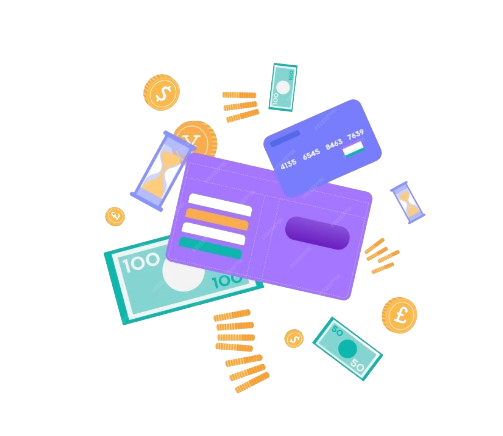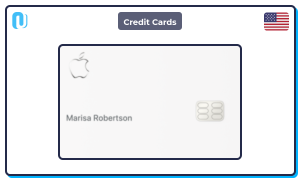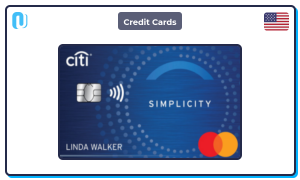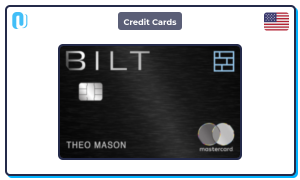🛡️ Top Picks 2025
Best Credit Cards Right Now
Carefully selected cards offering the best value for different spending patterns and credit profiles.
Best for Cashback
Chase Freedom Unlimited®
Excellent flexibility and cash back returns
- 5% on travel via Chase Travel
- 3% on restaurants and pharmacies
- 1.5% on all other purchases
- No annual fee
❓ Common Questions
Frequently Asked Questions
How does Credit Score work and how can I build mine?
Your credit score is a three-digit number (typically 300-850) that represents your creditworthiness. It's calculated based on payment history (35%), credit utilization (30%), length of credit history (15%), types of credit (10%), and new credit inquiries (10%). To build your score: make payments on time, keep credit utilization below 30%, maintain old accounts, diversify credit types, and limit hard inquiries.
How can a foreigner/non-resident get a US credit card?
Non-residents can obtain US credit cards through several methods: 1) Apply for secured credit cards with a deposit, 2) Get added as an authorized user on someone else's account, 3) Use services like Nova Credit to transfer international credit history, 4) Apply with banks that have international presence, 5) Consider cards specifically designed for newcomers. Having a US bank account and Social Security Number or ITIN significantly helps the process.
What do credit card terms and fees mean (APR, Annual Fee, etc.)?
Key terms explained: APR (Annual Percentage Rate) is the yearly cost of borrowing, including interest and fees. Annual Fee is a yearly charge for card benefits. Balance Transfer Fee is charged when moving debt between cards (typically 3-5%). Cash Advance Fee applies when withdrawing cash (usually 3-5% + higher APR). Foreign Transaction Fee is charged for international purchases (0-3%). Late Payment Fee is charged for missed payments. Understanding these helps you choose the right card and avoid unnecessary costs.
How do rewards work and how can I maximize them (Cashback vs. Points/Miles)?
Cashback gives you money back (typically 1-5% on purchases). Points/Miles can be transferred to partners or redeemed for travel, often with higher value potential. To maximize: 1) Use category-specific cards for bonus rates, 2) Take advantage of sign-up bonuses, 3) Pay off balances to avoid interest negating rewards, 4) Understand transfer partners for points cards, 5) Track rotating categories, 6) Consider annual fees vs. rewards earned. Points generally offer more value for travel, while cashback provides simplicity and flexibility.





